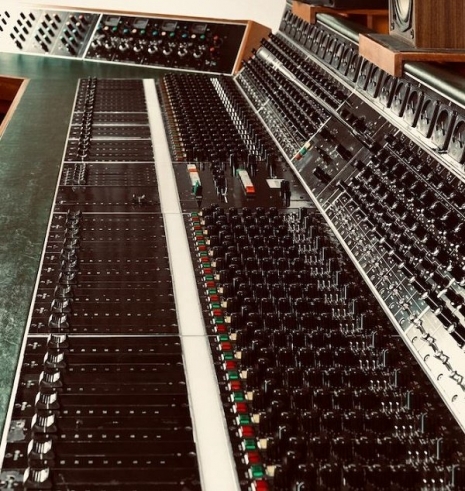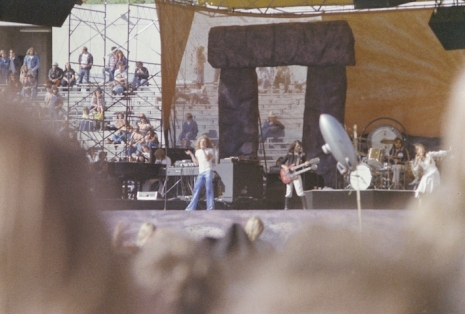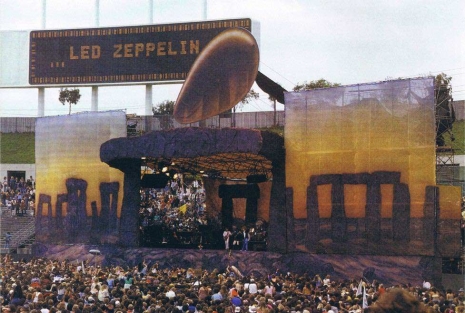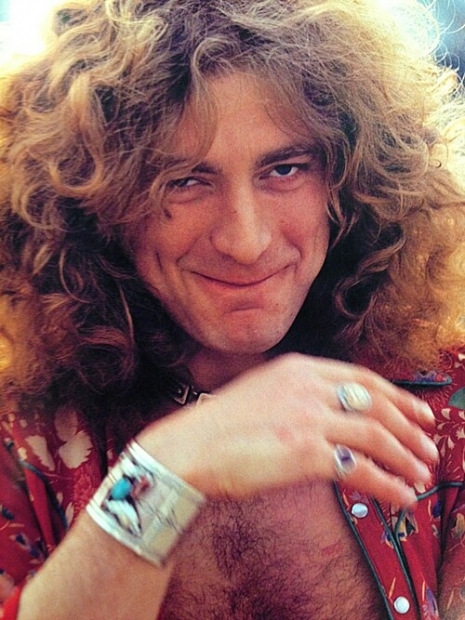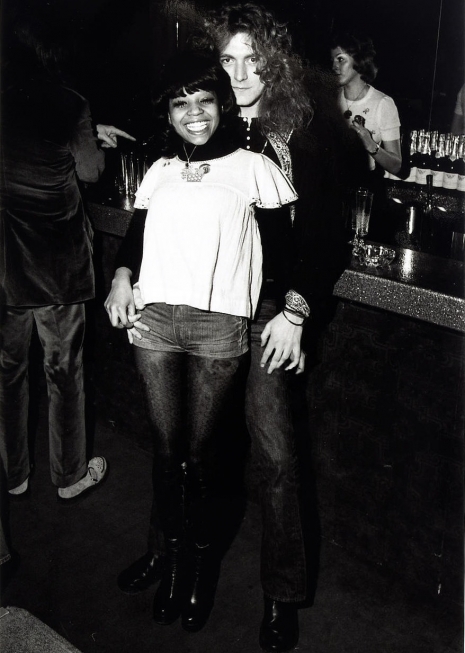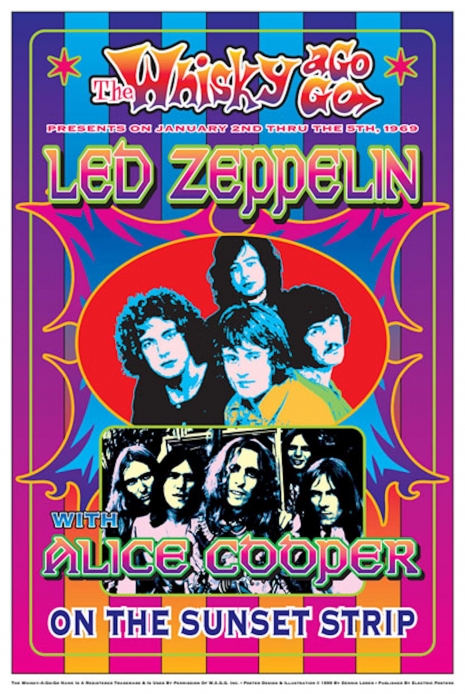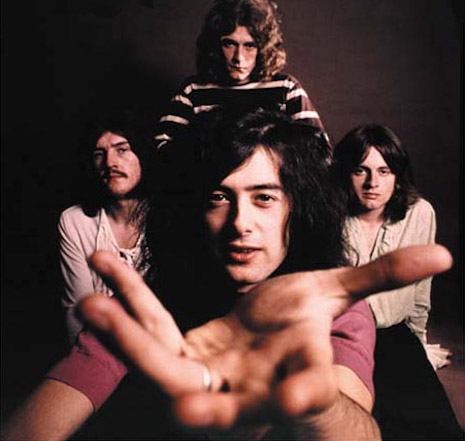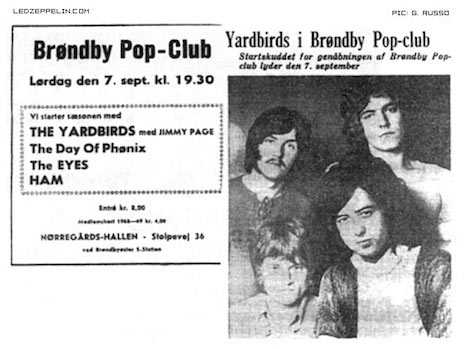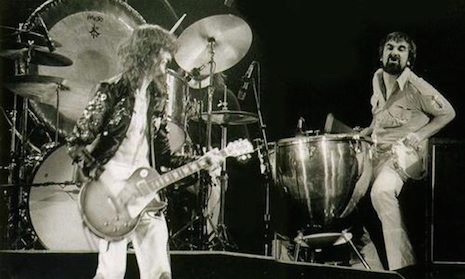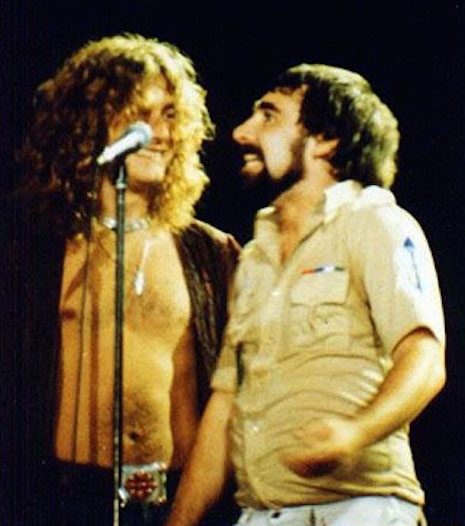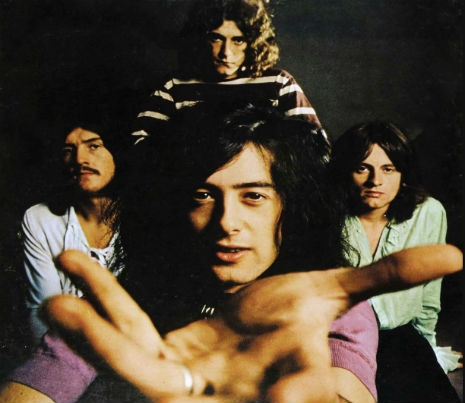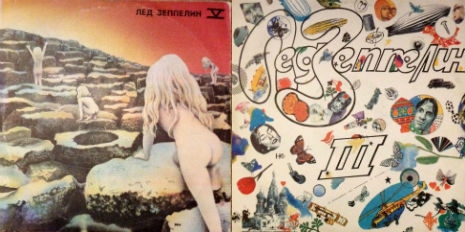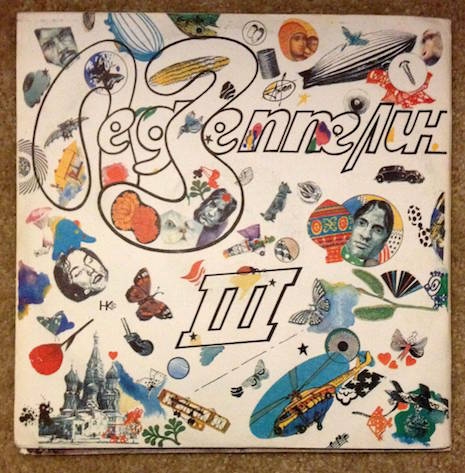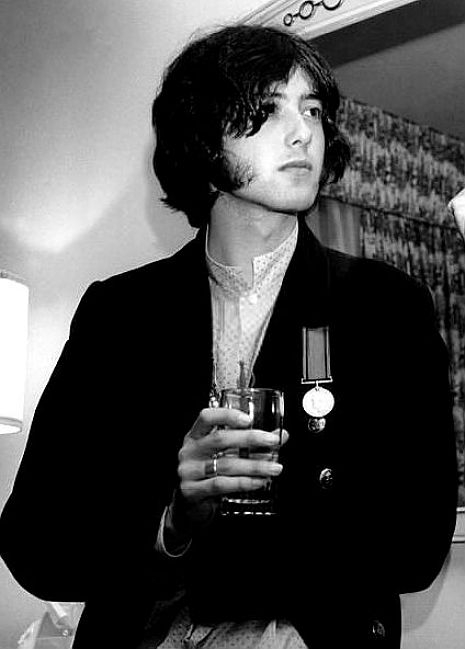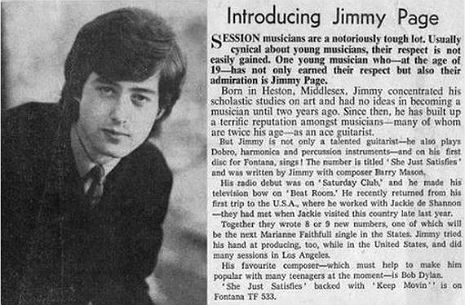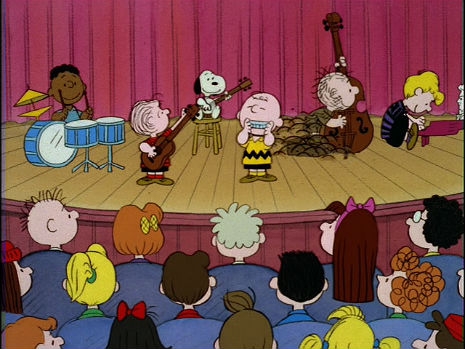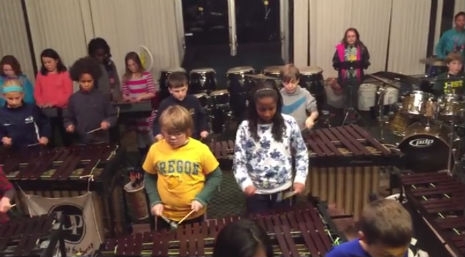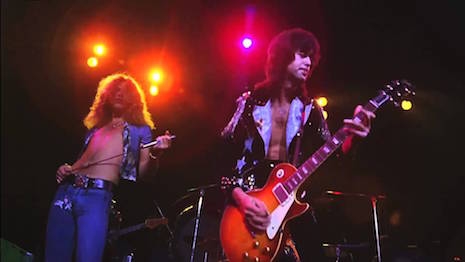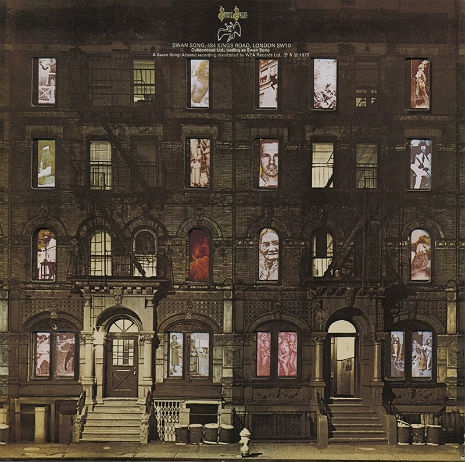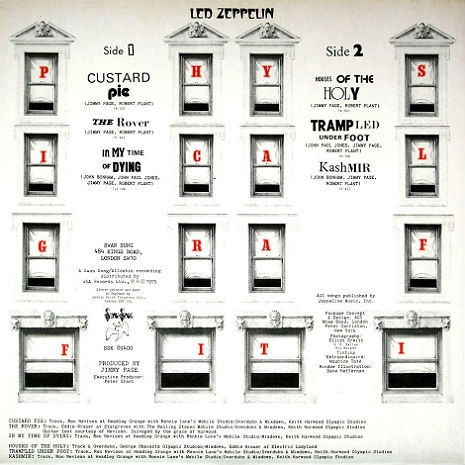
Japanese poster for ‘The Song Remains the Same,’ 1976
True or false: The performances from The Song Remains the Same, the concert film that supposedly documents Led Zeppelin’s 1973 Madison Square Garden shows weren’t actually filmed at Madison Square Garden?
Mostly true!
It’s not exactly a secret but it’s neither something that seems to be widely known by the general public, or even most Led Zeppelin fans for that matter. Now I’m not trying to imply here that Led Zeppelin didn’t even play Madison Square Garden for three nights in late July of 1973, because of course they did and The Song Remains the Same‘s original director, Joe Massot (Wonderwall) was there with a camera crew trained on them when they did. This much is not being disputed.
The problem was, as the group and their manager Peter Grant found out only after they’d fired Massot from the project, is that he’d gotten inadequate—practically unusable—coverage that wouldn’t sync properly or cut. Some great shots but nothing that could be used to create an edited sequence.
Grant brought in Aussie director Peter Clifton, the guy they probably should have hired in the first place, to see what could made from this mess, but the initial prognosis looked pretty grim until Clifton suggested reshooting the entire running order of the Madison Square Garden show on Madison Square Garden’s stage… recreated at Shepperton Studios in England!
Everyone assumes they’re watching the group at MSG, but in reality what we are watching (for the most part) is Led Zeppelin rocking out on a soundstage in Surrey, southeast of London. Without an audience.

On a playback screen, the band could watch themselves in the earlier footage—keeping their movements and positions in roughly the same general areas—and play along to the MSG soundtrack. So what we mostly see in the finished film are Clifton’s close-ups and medium distance footage of the band members shot at Shepperton, but intercut with Massot’s footage of the trappings of MSG, wide shots, shots framed from behind the band towards the audience and so forth.
Once you know all this, it’s screamingly obvious what was shot where.
Complicating matters for Clifton, John Paul Jones had recently cut his hair short (he’s wearing a wig in the Shepperton footage) and Robert Plant’s teeth had been fixed since the New York City shows the year before.
Jimmy Page spilled the beans in the May 2008 issue of Uncut Magazine,
“I’m sort of miming at Shepperton to what I’d played at Madison Square Garden, but of course, although I’ve got a rough approximation of what I was playing from night to night, it’s not exact. So the film that came out in the ‘70s is a bit warts-and-all.”
This little known behind-the-scenes story of the making of The Song Remains the Same is barely touched upon in some of the major books about Led Zeppelin—but in Chris Welch’s 2001 biography Peter Grant: The Man who Led Zeppelin, the story is told in greater detail, finishing thusly:
As far as Grant and Zeppelin were concerned, the movie song had ended. But they left behind smouldering resentments among the filmmakers and a few puzzles for movie buffs. Says Peter Clifton: “If you look at the credits they wrote something very interesting. ‘Musical performances were presented live at Madison Square Garden.’ It was somewhat ambiguous because the film was obviously done somewhere else!”
When he was asked about the provenance of the ‘live’ shots of Led Zeppelin at Madison Square Garden, Peter Grant did admit that they had indeed shot some material at Shepperton studios, recreating the same stage set while the band donned the same clothes they wore at the actual gig. “Yes, we did,” he said. “But we didn’t shout about the fact.”
See for yourself:







